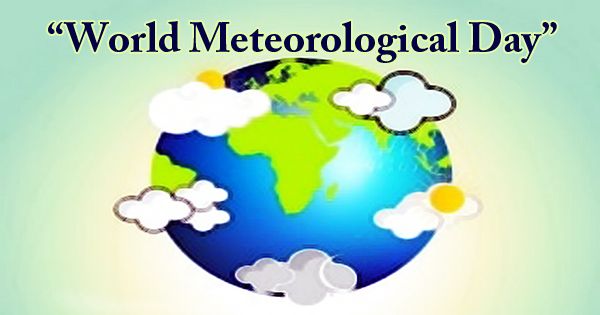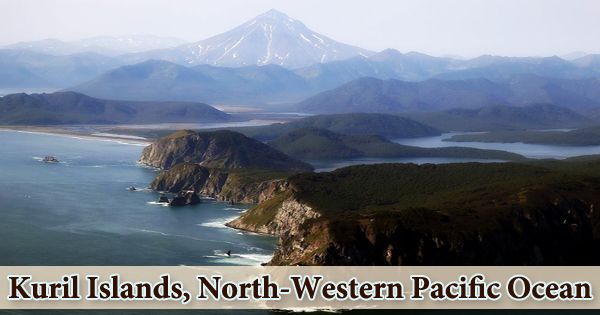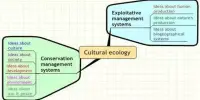Researchers have created worldwide forecasts that can give up to a year’s notice of marine heatwaves, which are rapid and substantial spikes in ocean temperatures that can have a significant impact on ocean ecosystems.
The forecasts published in Nature may aid fishing fleets, ocean management, and coastal communities in anticipating the effects of marine heat waves. One such heatwave, dubbed “the Blob,” began in the northeast Pacific Ocean in 2013 and lasted until 2016.
Fish stocks were shifted, toxic algal blooms occurred, endangered humpback whales became entangled, and hundreds of starved sea lion pups washed up on beaches.
“We have seen marine heatwaves cause sudden and pronounced changes in ocean ecosystems around the world, and forecasts can help us anticipate what may be coming,” said lead author Michael Jacox, a research scientist at NOAA Fisheries’ Southwest Fisheries Science Center in Monterey, California, and NOAA’s Physical Sciences Laboratory in Boulder, Colorado.
NOAA’s Physical Sciences Laboratory will make marine heatwave forecasts available online. The forecasts are a “major milestone toward improving climate adaptation and resilience for marine-dependent populations around the world,” according to the researchers.
While marine heatwaves can have some unanticipated effects, knowing what’s coming allows for a more precautionary approach to lessen the impact on both fisheries and protected species. Understanding the ocean is the first step towards forecasting ecological changes and incorporating that foresight into decision-making.
Elliott Hazen
The projections use global climate models to anticipate when fresh maritime heatwaves will occur.
“This is a really exciting way to use existing modeling tools in a much-needed new application,” Jacox said.
Reducing Ecological and Economic Impacts
Marine heatwaves have had an impact on ecosystems all across the world, especially in the last decade. These include:
- Fish and shellfish declines that caused global fishery losses of hundreds of millions of dollars
- Shifting distributions of marine species that increased human-wildlife conflict and disputes about fishing rights
- Extremely warm waters that have caused bleaching and mass mortalities of corals
Marine heatwaves became well-known on the West Coast of the United States during the 2014 Blob, which shook the California Current Ecosystem.
A significant bloom of poisonous algae along the coast delayed the launch of the rich Dungeness crab fishery, resulting in an ecological cascade in which whales’ prey was concentrated unusually close to shore.
Humpback whales have moved closer to shore to feed in the same areas where the crab industry operates. Whales became entangled in record numbers in the lines attached to crab traps as fishermen tried to make up for lost time following the delay by setting additional crab traps.
Recent research has linked West Coast maritime heatwaves to a northward shift of California market squid, which has historically supported one of the state’s most important commercial fisheries.
NOAA Fisheries scientists have since built a Marine Heatwave Tracker to track evidence of marine heatwaves in the North Pacific Ocean. The projections go even farther, predicting where and when marine heatwaves will occur in the following months, as well as how long they will last.
“Extreme events in concert with increasing global temperatures can serve as a catalyst for ecosystem change and reorganization,” said Elliott Hazen, a research ecologist at the Southwest Fisheries Science Center and coauthor of the research.
“While marine heatwaves can have some unanticipated effects, knowing what’s coming allows for a more precautionary approach to lessen the impact on both fisheries and protected species. Understanding the ocean is the first step towards forecasting ecological changes and incorporating that foresight into decision-making.”
El Niño-Southern Oscillation Boosts Forecast Accuracy
During periods influenced by the El Niño-Southern Oscillation, a well-known climate phenomenon in the Pacific Ocean, the projections are most accurate. El Niño (the warm phase of the oscillation) may be the “world’s most prominent marine heatwave,” according to Jacox. It illustrates that heat waves are not a new phenomenon.
In areas like the Mediterranean Sea or off the coast of the United States, predictions cannot predict marine heatwaves as far in advance. In certain places, the atmosphere and seas fluctuate more fast.
The projections are most accurate in locations where ocean-climate patterns are well understood, such as the Indo-Pacific region north of Australia, the California Current System, and the northern Brazil Current.
Managers of fisheries and other marine species must assess the potential effects of predicted marine heatwaves, according to the experts.
They’d have to assess the financial implications of curtailing fisheries ahead of a marine heatwave against the risk of accidently entangling endangered whales or sea turtles, for example.
“We’re talking about the difference between making informed choices and reacting to changes as they impact ecosystems,” Hazen said. “That is always going to be a balance, but now it is a much more informed one.”















